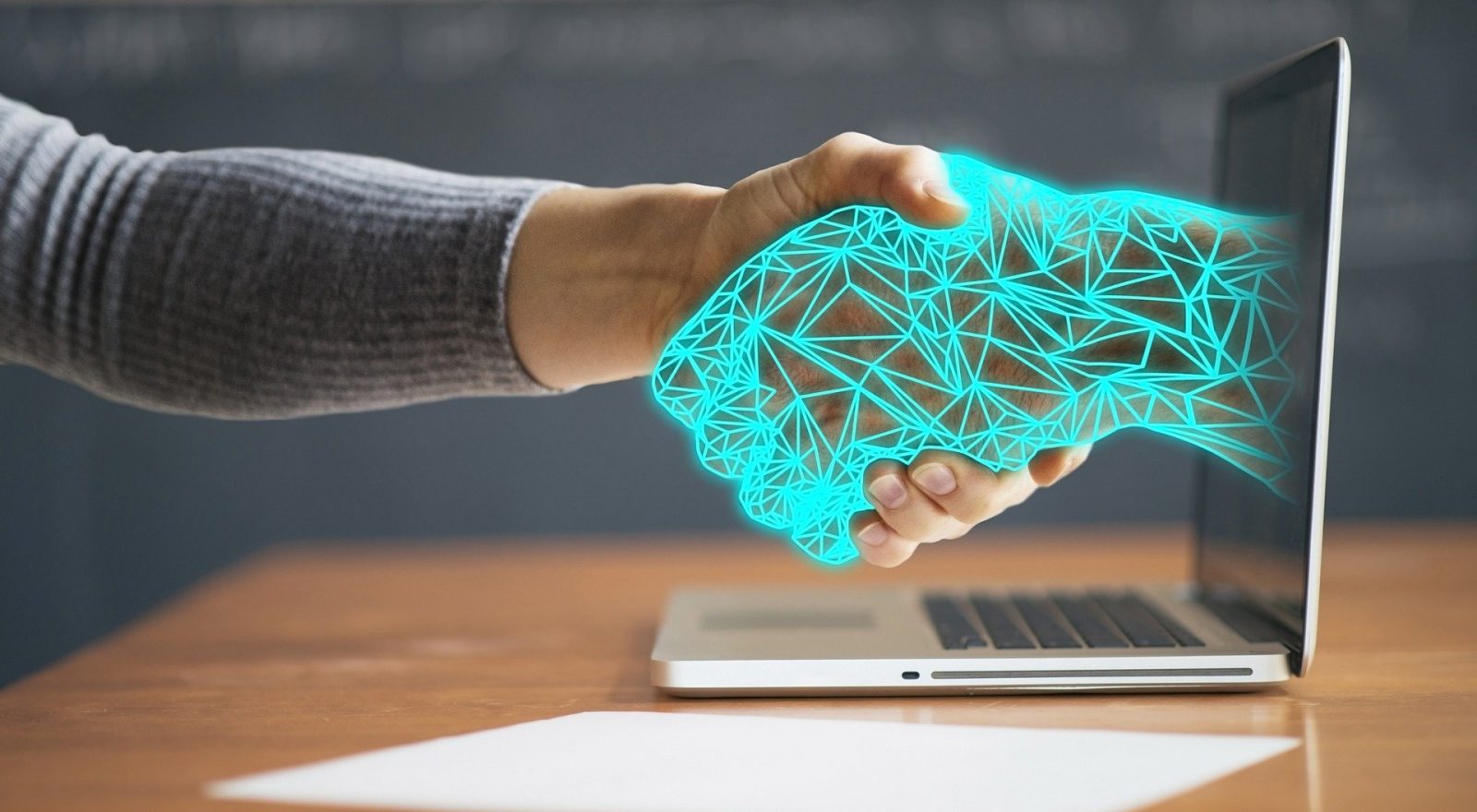
AI and the labour market. How does it affect the labour demand?
AI is deeply transforming production methods and work as we know them. What influence will this technology have on labour demand and on employment?
In my previous article I briefly presented the topic and the main findings of my bachelor thesis, which deals with the impact of artificial intelligence on the labour market and on the South Tyrolean labour market in particular. In this article and in the ones which will follow, I will deepen some key topics summarizing the main concepts of each chapter of my thesis.
In their 2019 paper[1], economists Acemoglu and Restrepo, propose a slightly revised production function, which focuses on the share of tasks performed by the two production factors, labour and capital, rather than on the factors themselves. Following this model, technology has two main effects on production: on the one hand it increases the productivity of labour, on the other hand it impacts the allocation of tasks between labour and capital. The authors call the first the “productivity effect”, which can have a positive impact on employment by increasing the demand for non-automated labour tasks, and the latter the “displacement effect”, which leads to job losses because of capital taking over tasks previously performed by workers. The authors also mention a possible “reinstatement effect” to counterbalance the “displacement effect”, which is due to new technologies generating new tasks in which labour has a comparative advantage.
The authors point out that, automation by itself always reduces the labour share. What led to stable labour shares and wages in the past, despite technological changes, was the creation of new tasks for labour. Hence, some technologies displace labour and other reinstate it in different and new tasks and the future of work will thus depend on the net effect of this countervailing tendencies.
Having realised that productivity effect alone is insufficient to counterbalance the substitution of labour for cheaper machines, Acemoglu and Restrepo, see the future of work as a race between automation and new, labour-intensive tasks. Consequently, Acemoglu and Restrepo, warn in a further study[2] that we ought to use AI not merely to automate tasks, but primarily to foster innovation and create new tasks, otherwise it may have depressing consequences on employment and wage.
[1] Acemoglu, Daron; Restrepo, Pascual (2019): Automation and New Tasks: How Technology Displaces and Reinstates Labor. In Journal of Economic Perspectives 33 (2)
[2] Acemoglu, Daron; Restrepo, Pascual (2019): The Wrong Kind of AI? Artificial Intelligence and the Future of Labor Demand. Cambridge, Mass., USA: National Bureau of Economic Research.

